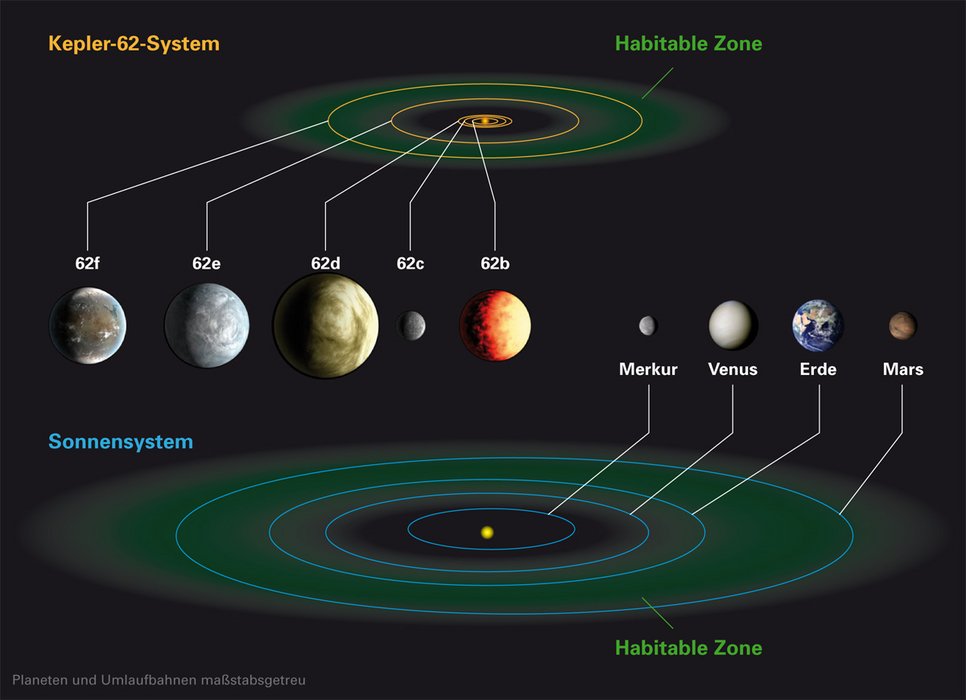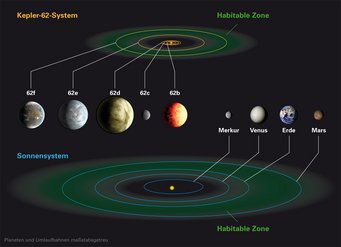Heidelberg Origins of Life Initiative (HIFOL) established – New Colloquium Series starts
The Max-Planck-Institute for Astronomy (MPIA), together with the Max-Planck-Institute for Nuclear Physics (MPIK), the Heidelberg Institute for Theoretical Studies (HITS) and the University of Heidelberg, has just established HIFOL - the new Heidelberg Initiative for the Origins of Life. HIFOL brings together top researchers from astrophysics, geosciences, chemistry, and life sciences to foster, strengthen and bundle scientific efforts to unravel one of the most challenging mysteries in the universe: what are the conditions for the origin of life?
Since the discovery of the first extrasolar planets around sun-like stars in the nineties the academic debate on "Life in the Universe", even beyond our solar system, has become one of the most exciting scientific fields. Today we know that the formation of planetary systems is not a rare exception but obviously a completely normal process in the context of star formation. This suggests that the origin of life might – or even must – happen wherever conditions allow. But how we can characterize such necessary conditions anyway? Which physical and biochemical circumstances must exist? And what kind of signatures in the data of observed Exoplanets would clearly be a sign of biological activity?
„Already these questions show the immense importance of this interdisciplinary research topic“, says Prof. Dr. Thomas Henning (MPIA), Initiator of HIFOL.
„The Heidelberg Initiative for the Origins of Life now brings together researchers from astrophysics, geosciences, macromolecular chemistry, statistical physics and life sciences”. This is both – a big challenge and a big chance.”
2014, the topic became also one of the Research Perspectives of Max-Planck-Society.

One of the crucial ingredients for life is liquid water. While Earth possesses a water-rich surface, the origin of this water and where it originated from is still unclear. Scientists have found clues by studying the isotopic composition of meteorites that the water has most likely been delivered to Earth by asteroids or comets. Unlike terrestrial planets that have been assembled from rocks in the inner, hot region of the solar nebula where water was in a gaseous phase, comets and asteroids have formed at farther distances from the young sun and have been able to retain some of the water as ice.
Further questions are, for example, dealing with the conditions for complex biochemical reactions, the composition of planetary atmospheres or the self-assembly of organic molecules.
This has also ignited lively discussions on the definition of “habitable zones” around stars. On the one hand, earth-like conditions are relatively strongly restricted to stable orbits with appropriate parameters (e.g. distance to the star, temperature). On the other hand, with the moons Enceladus, Titan and Europa scientists have found some locations in the outer and much colder regions of the solar system, which might be more promising for finding biological activity in our cosmic neighbourhood as even on our former “favourite” Mars.
More information about the Initiative can be found on the HIFOL-website http://www.mpia.de/en/research/collaborations/HIFOL.
HIFOL established a colloquium series with world-leading speakers in the field (Haus der Astronomie plus Zoom,
Wednesday at 4:15 pm).
